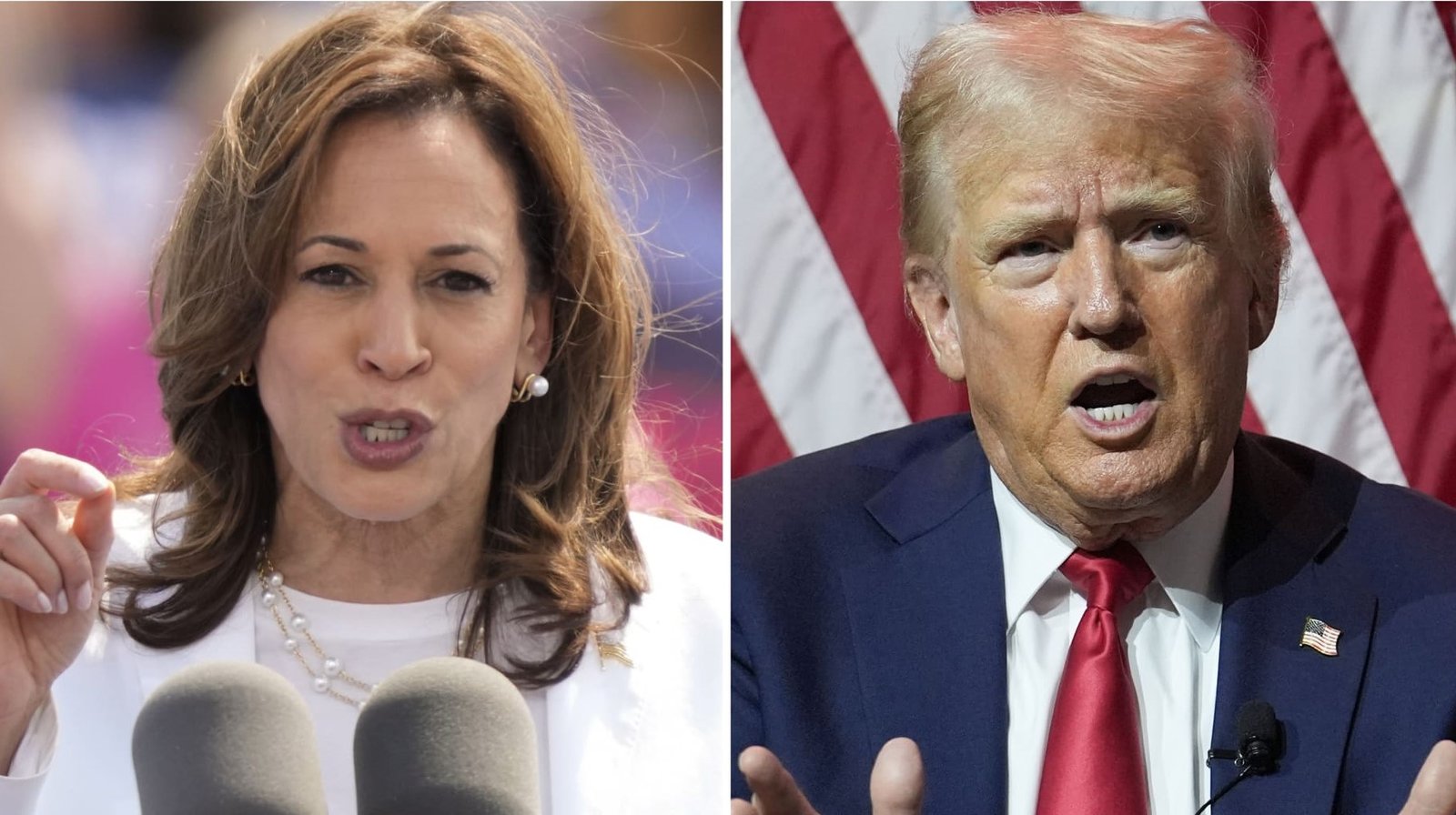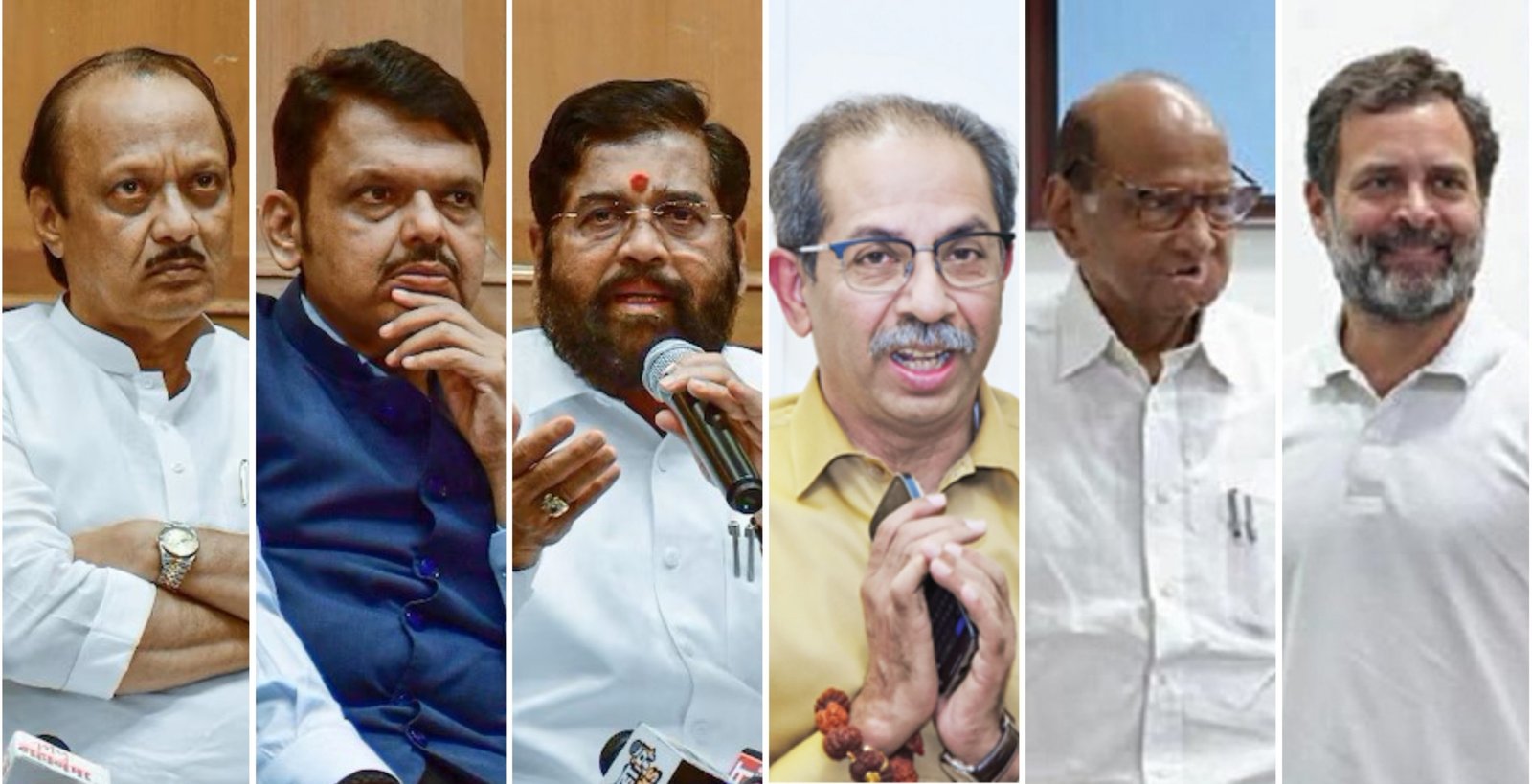BRICS is growing, but so will the challenges
- Rommel Rodrigues
- Aug 27, 2023

Heads of state of five BRICS nations at the 15th BRICS Summit in South Africa
MUMBAI: BRICS a grouping of the world economies of Brazil, Russia, India, China, and South Africa formed by the 2010 addition of South Africa to the predecessor BRIC, has announced the addition of six additional members.
Earlier last week, at the 15th BRICS Summit, South African President Cyril Ramaphosa announced that six emerging market group countries namely Argentina, Egypt, Ethiopia, Iran, Saudi Arabia, and the United Arab Emirates had been invited to join the bloc and would be inducted from January 2024. The group appears to trending with caution considering that nearly 40 countries have expressed interest in joining the BRICS group with 22 formally requesting membership.
The goal of the most recent expansion is aimed as a part of a strategy to create a "multipolar" world order that gives weight to formerly quiet voices from the "Global South" and places them in the centre of the global agenda. This is especially important given the current global power structure, where a few countries have continued to exercise more influence.
Although the West has not taken the bloc with seriousness, even going to the extent of saying that it makes very little impact on foreign policy the fact remains that in the current scenario collectively the bock does assert a growing economic and geopolitical influence that has the potential to alter the global order if not challenge it outright.
While the BRIC countries are advancing at a rate of approximately 7–10% economic growth annually, industrialized nations are already in an economic crisis, have a low rate of economic growth, and are experiencing unemployment. Investors are streaming to invest in BRICS countries in order to benefit from better prospects, reduced costs, and more profits.
It is also a fact that their present contribution of 31.5% to the global GDP, is way ahead of the G7's 30.7%, indicating that the BRICS as a whole are already the greatest GDP alliance in the world.
The present members are among the world's ten largest countries by population, area, and GDP (PPP). They encompass nearly 26.7% of the world's land surface and 41.5% of the global population. So one argument could be that with additional nations pooling their resources, they would manage to shape global economic discourse, establish new initiatives, and foster strong trade ties among themselves.
But in the evolving world, the question arises whether the BRICS should include more nations in its membership, what would be the advantages and drawbacks? How will it help further the originally identified purpose of highlighting investment opportunities and emerge as a more cohesive geopolitical alliance?
Undoubtedly the larger BRICS alliance will be able to tap into the unique resources and expertise of member nations, enhancing their collective potential to open new markets and investment opportunities, however, ensuring that more nations joining the bock would align to a common vision and mechanisms for decision-making.
Another challenge could be managing the diverse interests and priorities of the new members. Each country brings its own unique set of economic, political, and social circumstances that may require careful negotiation and compromise. Most of the countries in the block are evolving from old economy baggage and challenging the traditional block of developed nations.
It might be difficult to strike a balance between these interests and the BRICS' fundamental values. China and Russia, the two superpowers in the group, would be more interested in using BRICS as a counterweight to Western-led alliances, particularly with the Group of Seven (G&) and other comparable intergovernmental forums of International affairs. That can be one of their interest behind their desire to grow the group.
Brazil and India both worry that the bloc's expansion would lessen their influence and have an effect on their nonaligned foreign policies. Others would consider "de-dollarization" to be a top priority.
The foundation of the BRIC strategy was laid in 2003 by a paper published by Goldman Sachs Group Inc., titled ‘Dreaming with BRICs: The Path to 2050′ the report predicted that in less than 40 years, the combined economies of these high-growth countries would be larger than that of the top six nations today in U.S. dollar terms.
So in that sense, there is still time for the coalition to prove themselves, however, if individual aspirations get the better of any nation, and we have seen that with China then 2050 might only remain a pipe dream.











Reporter
Rommel is our Editor. He has close to three decades of experience in leading publishing houses including, Fortune India, Observer of Business & Politics, The New Indian Express etc.
View Reporter News